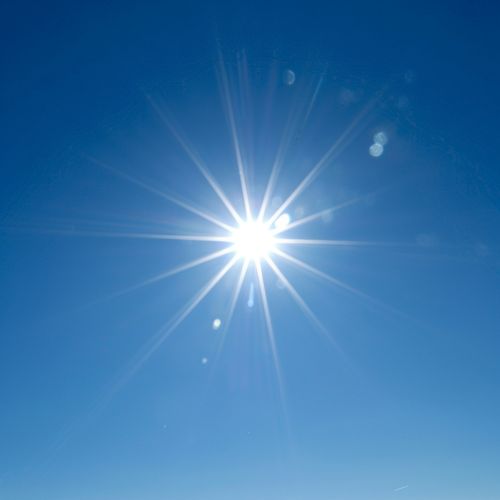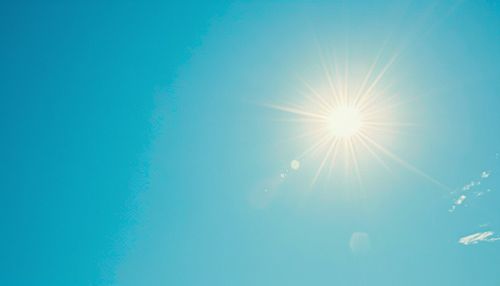Ultraviolet Radiation
Introduction
Ultraviolet (UV) radiation is a form of electromagnetic energy that occupies a portion of the electromagnetic spectrum between X-rays and visible light. It is named for the fact that its wavelengths are shorter (and therefore its photons more energetic) than those of violet light, the shortest wavelength of light visible to the human eye.
Properties
UV radiation is divided into three types based on wavelength: UVA, UVB, and UVC. Each type has distinct properties and interacts differently with matter, including living tissue.
UVA
UVA radiation, with wavelengths between 320 and 400 nanometers (nm), constitutes the majority of UV radiation reaching the Earth's surface. It penetrates deeply into skin and is less likely than other types to cause sunburn but can contribute to skin aging and damage to DNA.
UVB
UVB radiation, with wavelengths between 280 and 320 nm, is more biologically active than UVA and is the primary cause of sunburn. It is also more likely to cause direct DNA damage and is a key factor in most skin cancers.
UVC
UVC radiation, with wavelengths between 100 and 280 nm, is the most dangerous type of UV radiation. However, it is almost completely absorbed by the Earth's atmosphere and does not reach the surface.
Sources
The primary source of UV radiation is the Sun. However, it can also be produced by artificial sources such as tanning beds and black lights, as well as certain types of lasers and industrial processes.
Effects on Living Organisms
UV radiation can have both beneficial and harmful effects on living organisms, depending on the type and duration of exposure.
Beneficial Effects
UVB radiation plays a key role in the production of vitamin D in the skin. This vitamin is essential for bone health and has other important roles in the body.
Harmful Effects
Excessive exposure to UV radiation can cause a range of harmful effects, including sunburn, premature skin aging, damage to the eyes, and skin cancer. It can also suppress the immune system, increasing vulnerability to infections.
Protection against UV Radiation
There are several strategies for protecting against the harmful effects of UV radiation, including avoiding excessive sun exposure, wearing protective clothing and sunglasses, using sunscreen, and avoiding the use of tanning beds.
Measurement and Detection
UV radiation can be measured using a variety of instruments, including UV meters, spectrophotometers, and photodiodes. These devices can provide information about the intensity and wavelength distribution of UV radiation in a given location.
Applications
UV radiation has many practical applications, including in the sterilization of medical equipment, the curing of certain types of industrial coatings, and the creation of black light effects in entertainment.
See Also


